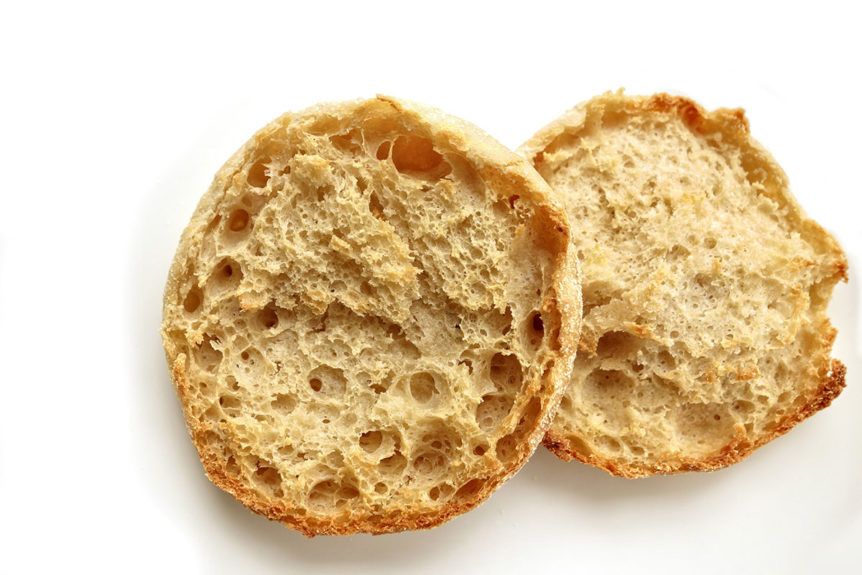What is a dental sealant? In the most basic terms its a dental material that is applied to the tooth pits and fissures as a physical barrier to cavity causing bacteria. If you’re now wondering – what are pits and fissures? Imagine your tooth is an english muffin, the pits and fissures would be those nooks and crannies. Great at trapping both jelly and cavity causing bacteria! There are many different kinds of sealant materials out there but the basic mechanism of action is the same. After they are applied they harden in the pits and fissures of teeth, creating a barrier that stops or inhibits the ingress of bacteria and nutrients.
The best part about sealants – no numbness! Here’s a little layout of the sealant procedure so you can best prepare your child for their appointments:
- The tooth is cleaned with “tooth shampoo” and a toothbrush to make sure there is no lingering debris;
- The special coating and sealant material are placed onto the tooth until the pit and fissures are sealed;
- The material is light cured until hard to the touch;
- The sealant may be adjusted after it is cured but could still feel a little hard or different when biting for a few days.
Research shows children and adolescents that receive sealants experienced a 76% reduction in the risk of developing new cavities after 2 years. Although not all of the sealant material is present in the coming months and years it has been shown that even after 7 or more years of follow up, children and adolescents with sealants incidence of cavities were 26% versus 74% without sealants! A sealants lifespan is very variable. Your child’s diet, lifestyle, beverage choices and so much more can play into how long they last.
When is the best time to get sealants? Once the entire biting surface of the tooth is erupted into the mouth is when the tooth is eligible for a sealant. With that being said, there are a lot of factors that go into a pediatric dentists recommendation for a tooth to get a sealant. Be sure to ask your pediatric dentist about sealants at your next appointment. Remember – protecting teeth is better than fixing them!

